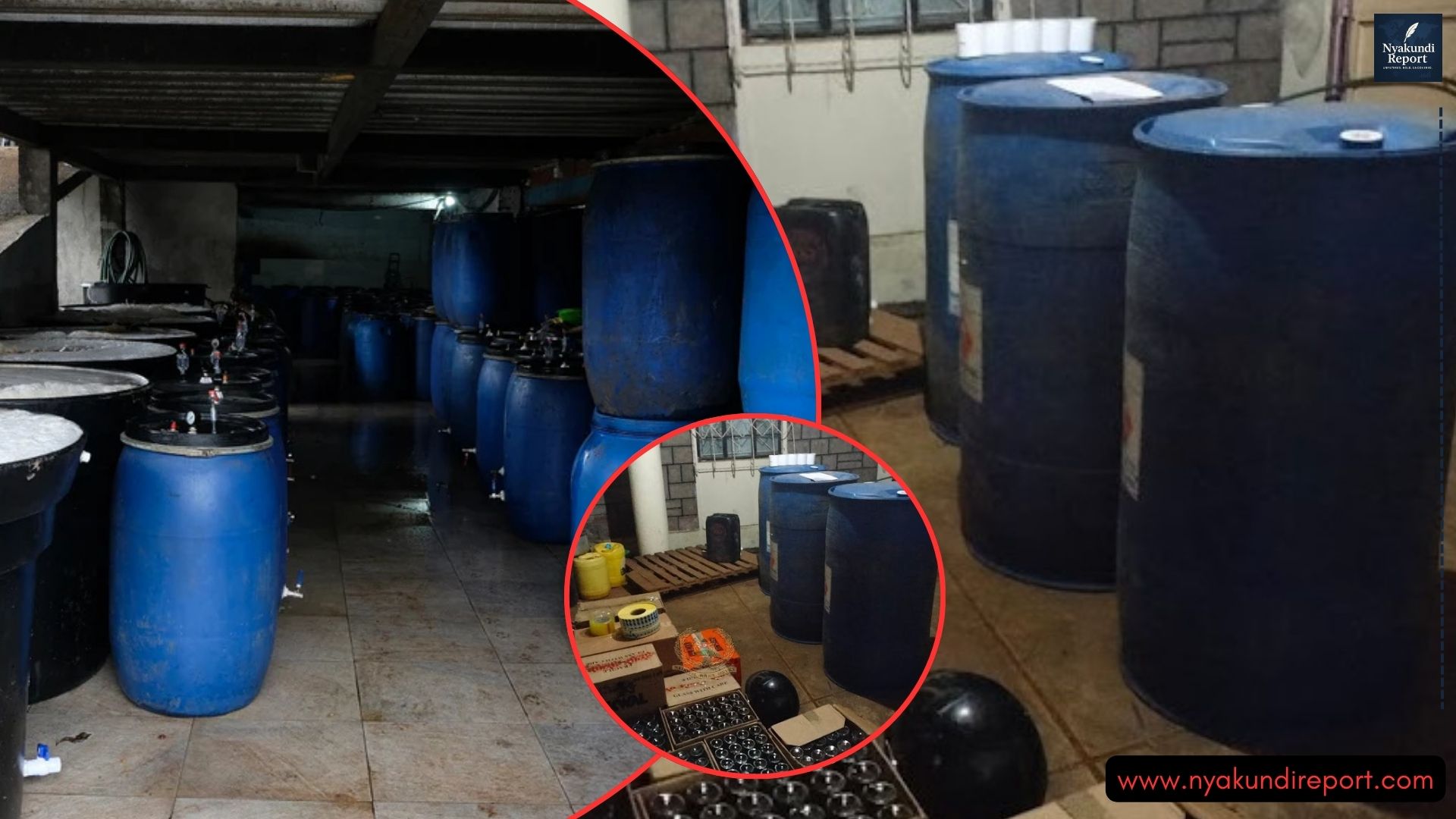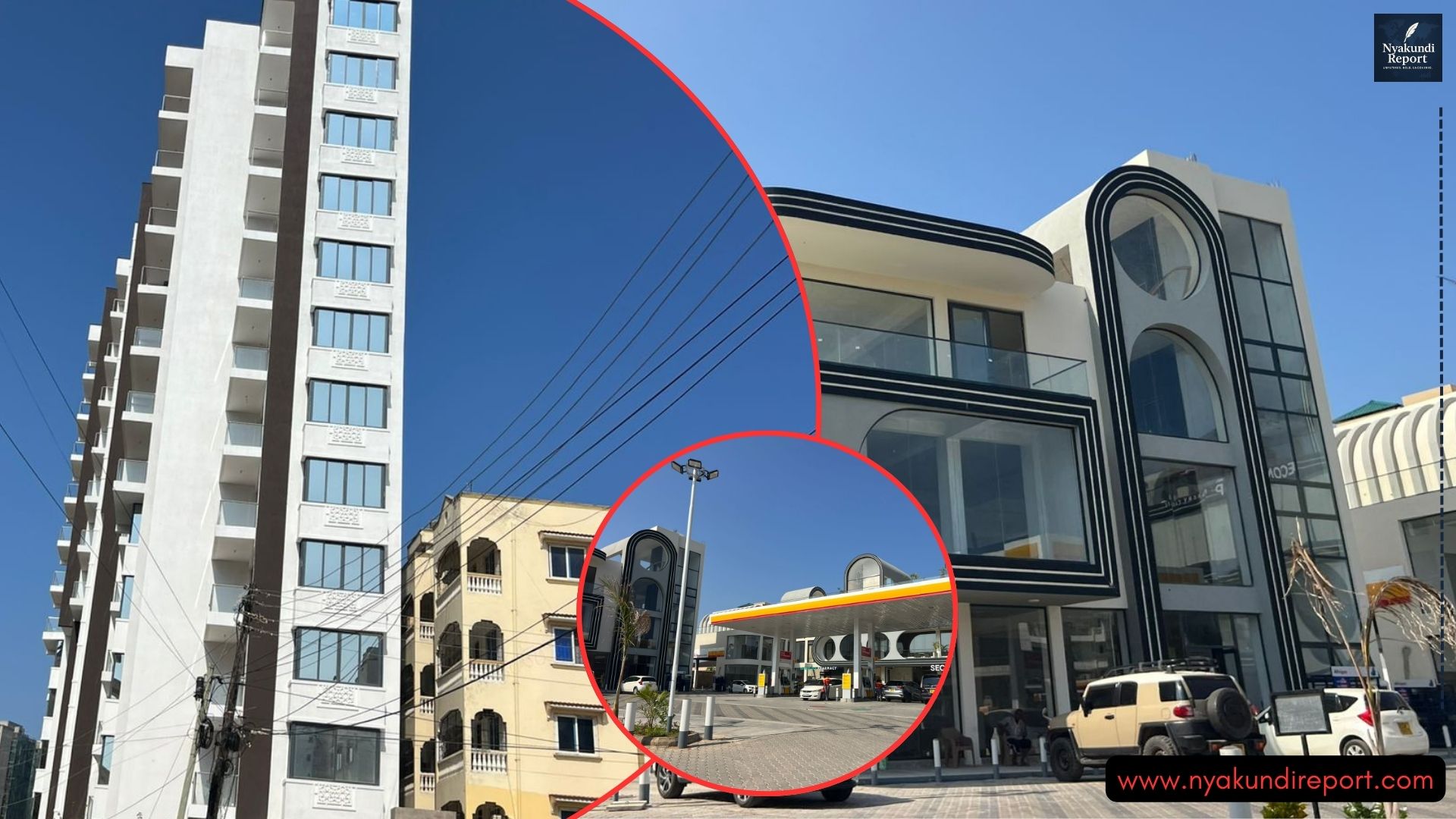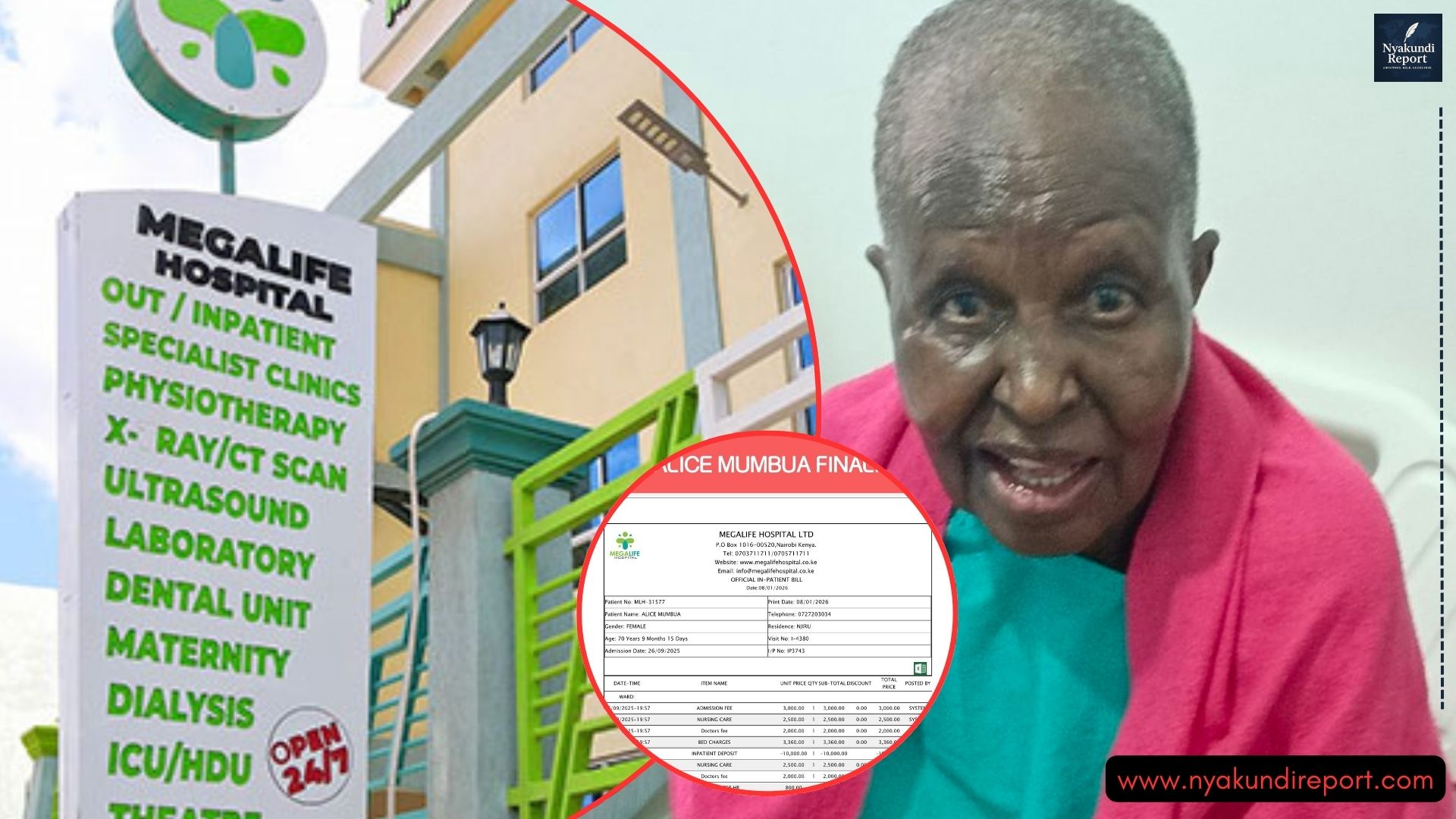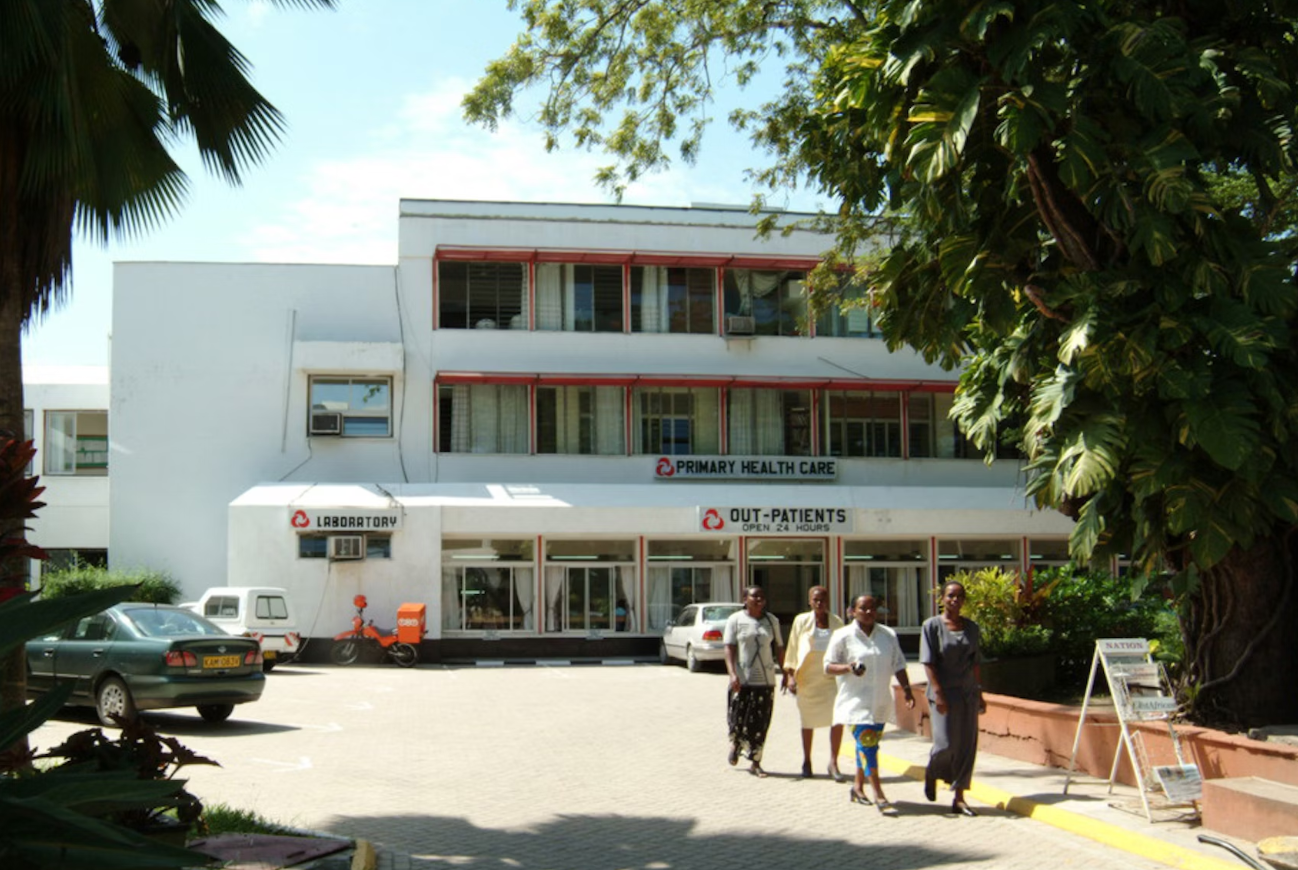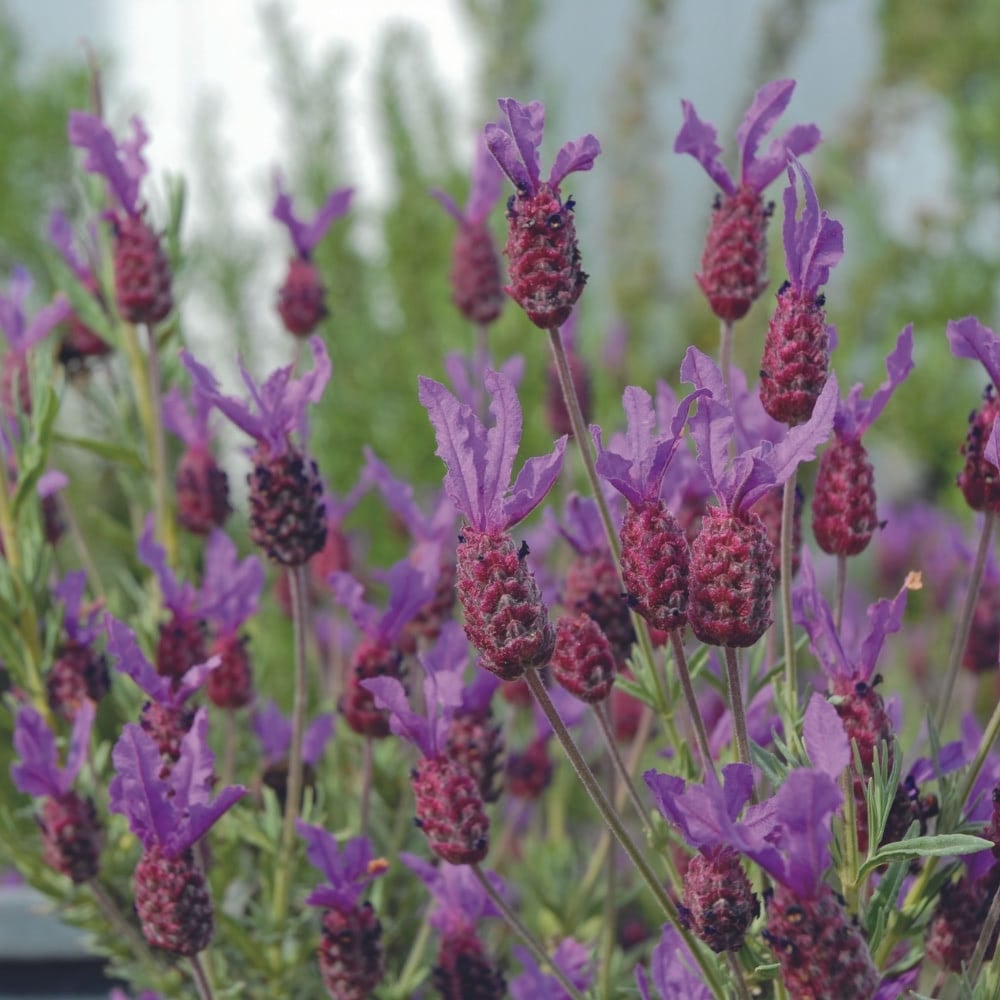Sugar beet farming in Kenya is slowly gaining attention as a profitable alternative to traditional sugarcane production. Though still rare, it offers a unique opportunity for farmers to tap into the growing sugar demand in the country.
Sugar beets are root crops with high sucrose content, ideal for white sugar, brown sugar, and molasses production. With proper support and improved awareness, sugar beet farming could help reduce Kenya’s sugar deficit and reliance on imports.
This guide explores how to start and succeed in sugar beet farming in Kenya.

Understanding Sugar Beet Farming In Kenya
Sugar beet farming in Kenya is not widespread, but it has immense potential. The country produces about 600,000 tonnes of sugar annually against a demand of 800,000 tonnes. This shortfall forces the government to import sugar from neighboring countries.
Introducing sugar beets into the local farming system can help bridge this gap and reduce dependency on imports. Sugar beets grow well in temperate regions and mature in 3 to 6 months. They thrive in deep, well-drained soils with a pH range of 6.0 to 6.5.
In Kenya, small-scale sugar beet farming is mainly practiced in Nyandarua, Embu, Machakos, and some parts of Western Kenya. Among these, Nyandarua stands out due to its favorable climate, soil composition, and rainfall patterns.
Aside from sugar production, sugar beet processing generates valuable by-products. These include molasses, pulp and sugar syrup, which can be used in animal feeds, alcohol production, and pharmaceuticals. This versatility increases the profitability of the crop.
Site Selection and Soil Preparation
Sugar beets need well-drained, loose soil to allow root expansion and prevent waterlogging. Choose a site with loamy or sandy soil and avoid compacted or rocky areas. Deep plough the land to at least 30 cm and remove weeds and plant residues.
You should test the soil to ensure the pH is between 6.0 and 6.5. If necessary, apply lime to adjust the pH. Add organic manure or compost to improve soil fertility and structure. Ensure the field is leveled to avoid water stagnation, which can cause root rot.
Before planting, create raised beds or furrows to ensure proper drainage. This step is crucial in areas with high rainfall or poor drainage.
Seed Selection and Planting Techniques
You can buy sugar beet seeds from certified agricultural dealers in Kenya. Always go for disease-resistant and high-yielding varieties. Soak the seeds in clean water for 24 hours before planting. This helps in quick and uniform germination.
Plant the seeds directly in the field or first in small containers, especially if you want to transplant. In direct planting, sow seeds 2 cm deep and space them 10 cm apart within rows. Maintain a row spacing of 30 to 40 cm to allow enough room for root development.
If using transplants, ensure they are healthy and at least 10 cm tall before moving them to the field. Transplant during the cool part of the day and water immediately after to reduce transplanting shock.
Irrigation and Fertilization
Although sugar beets are drought-tolerant to some extent, they need consistent moisture for maximum yields. Irrigate regularly, especially during dry spells. Avoid overwatering to prevent fungal infections and root diseases.
Apply fertilizer based on soil test results. Generally, use a balanced fertilizer such as DAP at planting time. Top-dress with nitrogen-rich fertilizer like CAN or urea when the plants are 4 to 6 weeks old. Supplement with potassium and boron to support root formation and sugar accumulation.
Weed the field regularly to reduce competition for nutrients and water. Practice crop rotation to minimize pest and disease build-up in the soil.
Harvesting and Post-Harvest Handling
Sugar beets are ready for harvesting when the leaves begin to yellow and dry, typically 3 to 6 months after planting. Use hand tools or mechanized harvesters to lift the roots from the soil. Be careful not to damage the beets during harvesting.
After harvesting, remove the leaves and excess soil. Transport the beets to the processing plant as soon as possible to preserve sugar content. If not processed immediately, store them in a cool, shaded place with good air circulation.
You can sell your harvest to sugar processing companies or start a small-scale processing unit for value addition. Remember that by-products like beet pulp and molasses also have market value in the livestock feed and alcohol sectors.
Sugar beet farming in Kenya is a hidden gem for farmers who want to explore alternative crops. With the country facing a growing sugar deficit, sugar beet offers a sustainable solution that can reduce imports and create jobs.
As awareness and support increase, sugar beet farming in Kenya could soon become a major player in the local sugar industry.

